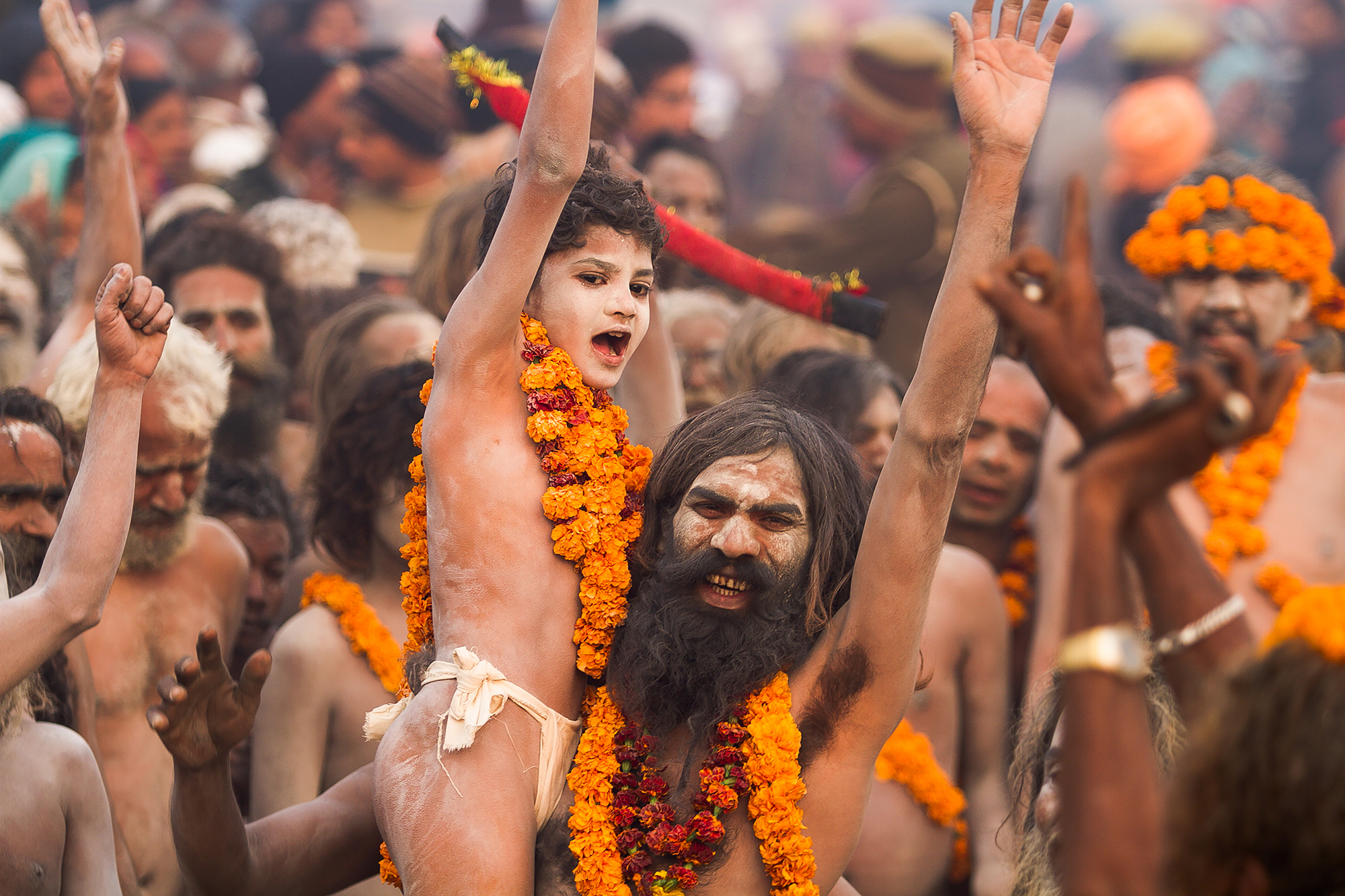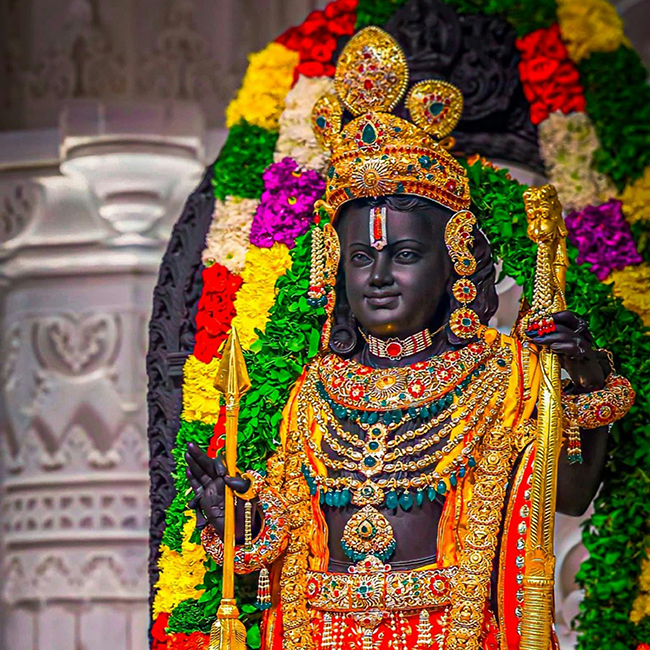

Yoga: India’s Gift to the World


30 Sep 2024
India's Gift to the World: Yoga
The word ‘Yoga’ is derived from the Sanskrit word ‘yuj,’ meaning ‘to join’ or ‘unite,’ which means to embody the profound concept of harmony and oneness. Its purpose is to integrate the mind, body, and spirit, fostering inner peace and balance. Through Yoga, one’s individual consciousness merges with the universal consciousness, culminating in the ultimate liberation, Moksha. This union with nature and oneself brings about a state of profound freedom and self-realization.
THE ORIGINS
The origins of Yogadate back to the dawn of civilization. Lord Shiva is considered as the first Yogi, or Adiyogi. He imparted Yoga to seven disciples, who spread it globally. While the exact time period is unknown, evidence suggests thatYoga originated in Northern India around 5000 years ago. Seals and fossils from the Indus-Saraswati Valley Civilization (2700 BC) depict many Yoga-like postures.
The Vedic Period (1500 BC) saw Yoga mentioned in the Rig Veda and Atharva Veda, emphasizing breath control. The Classical Period (500 BC-800 AD) integrated Yoga into Buddhism and Jainism, producing seminal texts like the Bhagavad Gita and Patanjali’s Yoga Sutras. These works solidified Yoga’s focus on balance, mindfulness, and unity.
The Post-Classical Period (up to 1700 AD) saw influential Yoga teachers like Adi Shankaracharya develop jnana Yoga and Raja Yoga. The Modern Period (1700 AD-present) brought Yoga to the global stage, with Swami Vivekananda and others popularizing Hatha Yoga, Vedanta Yoga, and Bhakti Yoga.
Throughout its evolution, Yoga’s essence remains unchanged: uniting body, mind, and spirit. From ancient seals to modern practitioners, Yoga’s core philosophy emphasizes balance, mindfulness, and oneness with nature. Its enduring legacy is its transformative power, fostering harmony and self-realization.
TODAY’S SCENARIO:
The global Yoga market has experienced remarkable growth over the past decade, with a projected 9% total annual growth rate from 2023 to 2028. As there is an increasing awareness of health and wellness, Yoga studios and online classes have become popular. Endorsement from celebrities and influencers has further popularized it.
Yoga’s appeal spans various demographics. The largest segment, aged 25-44, accounts for 50% of practitioners, seeking stress relief and fitness benefits. The 45-64 age group makes up 30%, drawn to Yoga’s therapeutic benefits. Younger generations (18-24) comprise 15%, influenced by health consciousness and social media. Even seniors (65+) practice Yoga for mobility and balance.
Several factors contribute to Yoga’s popularity. First being its holistic approach that addresses mental health and stress management, while also providing significant fitness benefits, such as flexibility and strength. Yoga’s versatility requires minimal equipment and is adaptable to individual needs. This factor has made it accessible to all people. As the market continues to grow, Yoga is poised to become an integral part of mainstream health and wellness routines.
Leave a Reply
Explore by Categories
Most Viewed Blogs
Tags
State




















